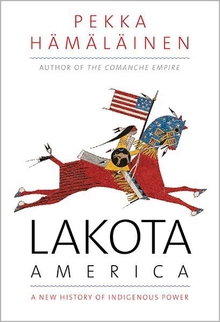Over the past year, I have come to enjoy virtual racing. Not everyone is a fan. I've heard a lot of hosts and guests on running podcasts bemoaning the absence of 'real races' and dismissing virtual races as a totally inadequate substitute. To which I grumble:
- Each their own! Starting a large, urban race with thousands of other people is a unique and special experience. It is completely different from running a solo time trial around your neighbourhood. If you want one and only have access to the other, of course you're going to be disappointed.
- Even if it just doesn't do it for you, virtual racing is a meaningful way for lots of other people to find joy in movement.
The last race I ran in person was the Run Your Heart Out 10k, on 23 February 2020, where I was ecstatic to run a chip time of 49:24, setting a personal best in the distance. I was training for the 2020 Manchester Marathon, and regarded this as promising sign that I might be able to break 4 hours on the marathon. The event guide came out just a few days later, and I made arrangement for my father, who was going to be in the UK to see me run, to stay with me in Manchester. On 10th March, participants were assured that the marathon was still planned to take place on 5 April. Three days later, the event was postponed until the autumn, and a new date was quickly announced: 11 October 2020. In July, this too was cancelled, and the marathon was rescheduled for 11 April 2021. This too was pushed back, to 10 October 2021, which is where things stand now.
When I started running virtual races, it was to motivate myself to stay in shape for the marathon, whenever it would take place. In the initial flush of cancellations and postponements, I bought and read several running books, intending to devise a training programme that would keep me improving until I could chase my best times again. Without doing any distance-specific training, I used my first virtual races as time trials to check that I was maintaining my fitness. As the uncertainty started to wear on me, I started to use virtual races as motivational tools to run distances longer than a 10k. In the absence of structured training, I've found distance challenges a valuable way to motivate myself to keep running.
My favourite virtual races have been the two Subway Challenges hosted by NYCRuns. In the first challenge, which took place over the summer of 2020, I ran 245 miles in just over nine weeks.
 |
| Finished! |
Unlike previous virtual races, I struggled with my motivation to finish this one. Part of it was boredom--running in the same places at the same slow paces was getting old, while at the same time I couldn't make myself start, let alone stick, to any sort of structured training. When my goal was just to cover distance, there seemed to be no point in trying to do specific workouts or push my pace.
- 31 May - Vitality London 10k
- 27 June - Run for All Lincoln 10k
- 1 August - Run for All York 10k
- 5 September - Run for all Leeds 10k
- 11 October - Manchester Marathon
- 12 December - Honolulu Marathon
When I signed up for these races in the long ago days of late 2019 and early 2020, my goal was to improve my 10k in order to get speedier and stronger overall. Having spent a year working on neither speed nor strength but just on getting out the door, I'm trying to prepare myself for the fact that I won't beat my 2020 10k time right away. Furthermore, whether I run these races at all depends on the state of the pandemic and vaccine rollout. In order to minimise my risk of catching or transmitting coronavirus, I'm planning to return to in-person racing only when I am fully vaccinated. In the meantime, distance running challenges have been a fun way to run towards that day.


